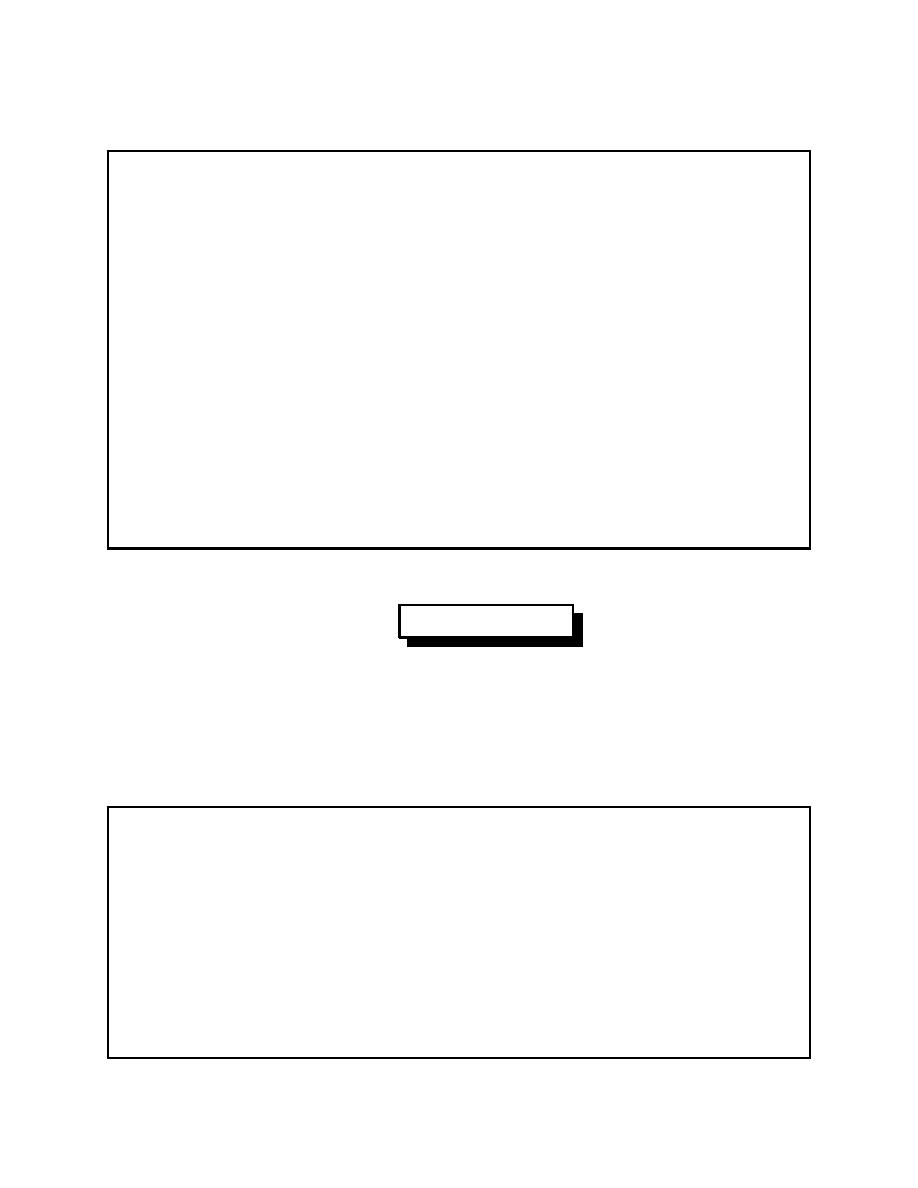
MIL-HDBK-1025/10
Table 17
Hazardous Energy Control
I.
Electrical systems/equipment
A. Isolating by control operation such as open switching devices; lockout/tagout/tryout if
possible; pull plugs or fuses; block interlock feedbacks.
B. Stored energy release such as disconnect and discharge capacitors, choke coils, and
surge arresters; discharge static electricity; temporarily short to ground induced voltage
from adjacent lines, static charges, accidental connections, and incorrect disconnections;
provide shielding for possible contact with energized parts
C. Verify by testing there is no voltage on de-energized system/equipment.
II. Nonelectric energy hazards
A. Check for chemical, electromagnetic, mechanical, pneumatic, thermal, and ultraviolet
energy.
B. Isolate by blocking valve operations or other control operations for the above systems.
C. Discharge trapped energy by releasing pressure or by draining/purging lines and verify
lack of rotation or dangerous temperatures.
5.2.2.2 Lockout/Tagout/Tryout Instructions
WARNING
Each lockout/tagout/tryout instruction for a specific job should
cover all the steps given in Table 18. Provide tags in accordance
with Table 19.
Table 18
Sequence of Lockout/Tagout/Tryout Steps
I.
De-energizing steps
A. Notify all affected workers of hazards, their control, and any possible stored energy.
B. Shut down the system by isolation of energy sources. System is rendered inoperative.
C. Secure all energy source shutdowns by lockout/tagout/tryout of controls.
D. Release all stored energy and verify such release.
E. Verify by testing there is no voltage.
F. Provide temporary grounding (refer to par. 5.3).
30



 Previous Page
Previous Page
